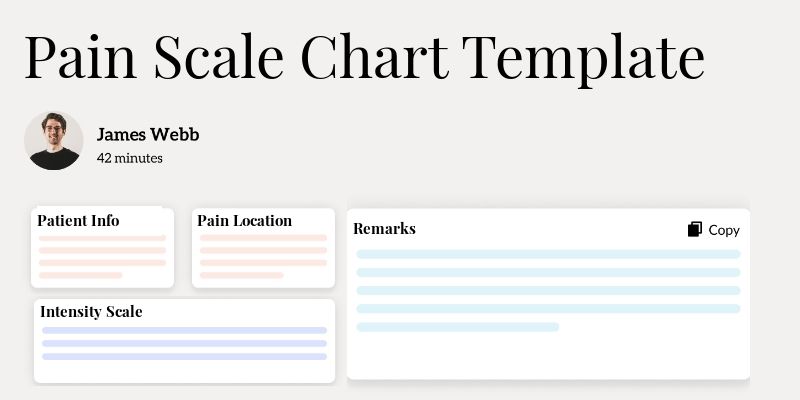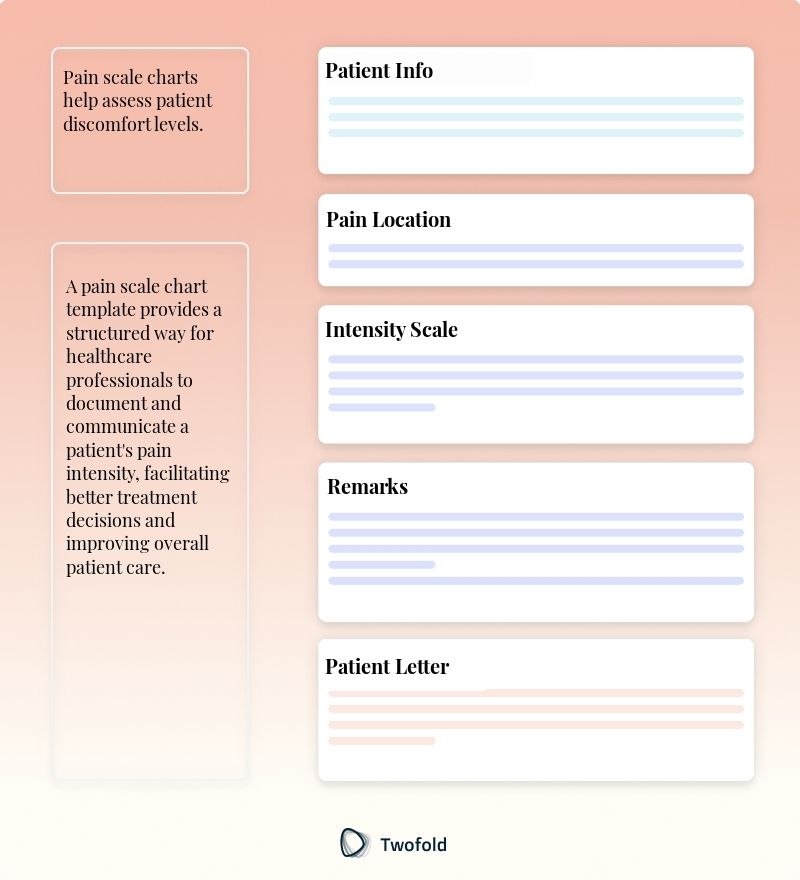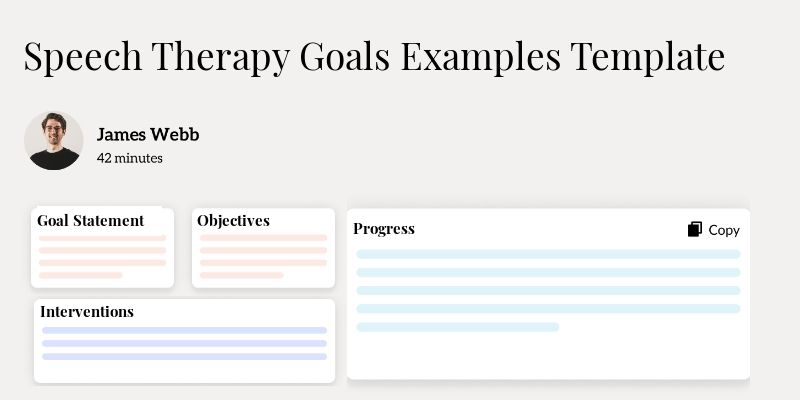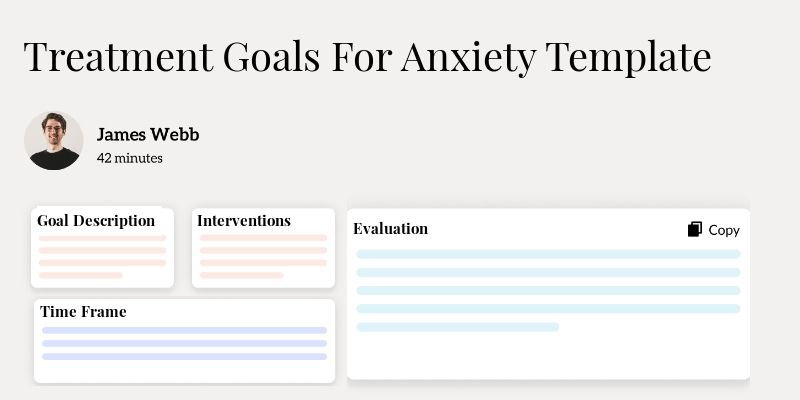
Pain Scale Chart Template
When dealing with pain management documentation, there's an ongoing quest for accuracy and clarity. Creating an environment where a patient's pain level is well‑documented and easily understood by healthcare professionals is critical. It's no wonder that you're here, looking to improve or implement a Pain Scale Chart Template that promises to make this task less challenging and more efficient.
What Is a Pain Scale Chart Template?
A Pain Scale Chart Template is a standardized tool used in medical documentation to quantify a patient's pain intensity. It allows healthcare providers to have a consistent method of assessing and recording pain levels, thus improving patient care and communication among medical staff.
This tool commonly uses numerical values, descriptive indicators, or visual representations to help both patients and clinicians in identifying pain levels accurately. By capturing this data, it supports better decision‑making in pain management strategies and outcome tracking.
Key Components of a Pain Scale Chart Template
The components of a Pain Scale Chart Template ensure comprehensive and sensitive pain assessment:
- Numerical Rating Scale: A 0 to 10 scale to quantify pain.
- Visual Analog Scale: A line marked with variations in pain levels.
- Descriptive Indicators: Words like mild, moderate, or severe.
- Faces Pain Scale: Visual representations to facilitate communication from children or those with language barriers.
- Documentation Section: Space for additional patient comments or clinician notes.

How to Use a Pain Scale Chart Template: Step-by-Step Process
Step 1: Select the Appropriate Scale
Choose a scale that matches the patient's ability to communicate their pain effectively, considering factors such as age and cognitive ability.
Step 2: Educate the Patient
Explain how to use the chosen pain scale to the patient, ensuring they understand how to express their pain level.
Step 3: Record the Pain Level
Have the patient indicate their pain level on the scale, and document this within the template.
Step 4: Add Additional Notes
Include any additional relevant information, such as triggers, location, and changes in pain, to provide context for the assessment.
Step 5: Review and Update
Regularly reassess the patient's pain using the chart and update the documentation to reflect any changes.
Benefits of a Pain Scale Chart Template
Benefit | Impact |
|---|---|
Consistency | Ensures a uniform approach to pain assessment across various healthcare providers. |
Clarity | Provides a clear communication tool between patients and healthcare professionals. |
Data-Driven Decisions | Facilitates evidence-based pain management strategies. |
Patient Involvement | Engages patients in their care by quantifying their subjective pain experience. |
Stakeholders in Pain Scale Chart Templates
Pain Scale Chart Templates engage a variety of stakeholders who play pivotal roles in patient care:
- Clinicians: Doctors use the charts for accurate diagnosis and treatment planning. For example, Dr. Smith reviews the pain scale during every patient round to adjust medication dosages.
- Nurses: They frequently assess pain levels for ongoing monitoring. Nurse Stevens relies on the template daily to align patient feedback with care routines.
- Patients: Directly involved in conveying their pain through these scales; Mary, a patient, feels empowered using the visual scale to express her post-operative pain.
- Pharmacists: Use the recorded pain levels to assist with medication management. Pharmacist Lee evaluates the pain assessments to verify appropriate opioid prescriptions.
Example of a Pain Scale Chart PDF
Download and review a sample Pain Scale Chart Template PDF to understand its layout and functional design in facilitating pain documentation.
Real-World Use Cases: Practical Impact of the Pain Scale Chart Template
The Pain Scale Chart Template sees application in varying healthcare scenarios, enhancing efficiency and patient care quality:
- In a busy emergency room, the chart assists quick triage of patients, allowing Jane, a triage nurse, to prioritize severe cases swiftly.
- Implemented in pediatric wards, it helps young children like Timmy express their discomfort without needing extensive verbal explanation.
- In geriatrics, it aids non-verbal patients by incorporating descriptive physical cues, facilitating better treatment approaches for elderly like Mr. Johnson.
Conclusion
The Pain Scale Chart Template is an essential tool in medical documentation, offering a systematic way to assess and record patient pain. Its structured approach ensures clear communication and supports data‑driven pain management strategies. By involving all stakeholders, from clinicians to patients, it fosters a cohesive healthcare experience where pain assessment is both accurate and actionable.
Disclaimer: This article is for informational purposes only and does not constitute legal or medical advice. Always consult professional guidelines and regulatory bodies for specific compliance requirements.

Dr. Danni Steimberg
Dr. Danni Steimberg is a pediatrician at Schneider Children’s Medical Center with extensive experience in patient care, medical education, and healthcare innovation. He earned his MD from Semmelweis University and has worked at Kaplan Medical Center and Sheba Medical Center.
A pain scale chart is only as useful as the clarity it brings to everyone on the care team. This method—refined in fast‑paced post‑op units—turns numbers into actionable insights.
- Set a Personal Baseline: Log the patient’s typical pain tolerance (e.g., “daily arthritis = 4/10”) so spikes are obvious and responses swifter.
- Pair Scores with Context: Note activity, posture, or medication timing alongside each rating; linking pain to triggers pinpoints effective interventions.
- Close the Feedback Loop: After any analgesic or therapy, record the follow-up score and time—proof for payers and a roadmap for dose adjustments.
Frequently Asked Questions
Reduce burnout,
improve patient care.
Join thousands of clinicians already using AI to become more efficient.

Gratitude Tree Template
Discover practical Gratitude Tree templates to enhance your documentation efficiency.

Speech Therapy Goals Examples Template
Discover practical Speech Therapy Goals Examples Template templates to enhance your documentation efficiency.

Treatment Goals For Anxiety Template
Discover practical Treatment Goals For Anxiety templates to enhance your documentation efficiency.

